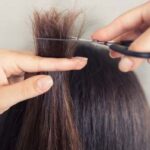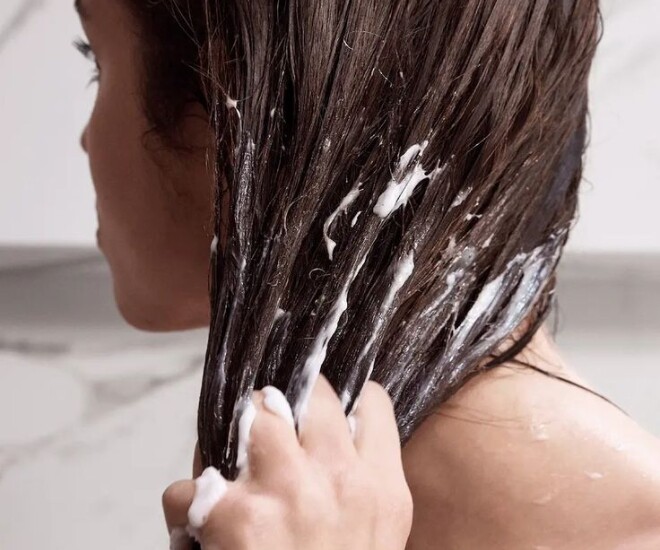
Deep conditioning is a popular hair treatment among women.
However, it’s important to use a conditioner that suits your scalp and to be aware of how long to leave it in to avoid stickiness or irritation.
How long should you deep condition your hair?
The duration depends on your hair type and the conditioner you use. If you’re using a regular conditioner, 2–5 minutes is ideal to allow the nutrients to work without weighing your hair down.
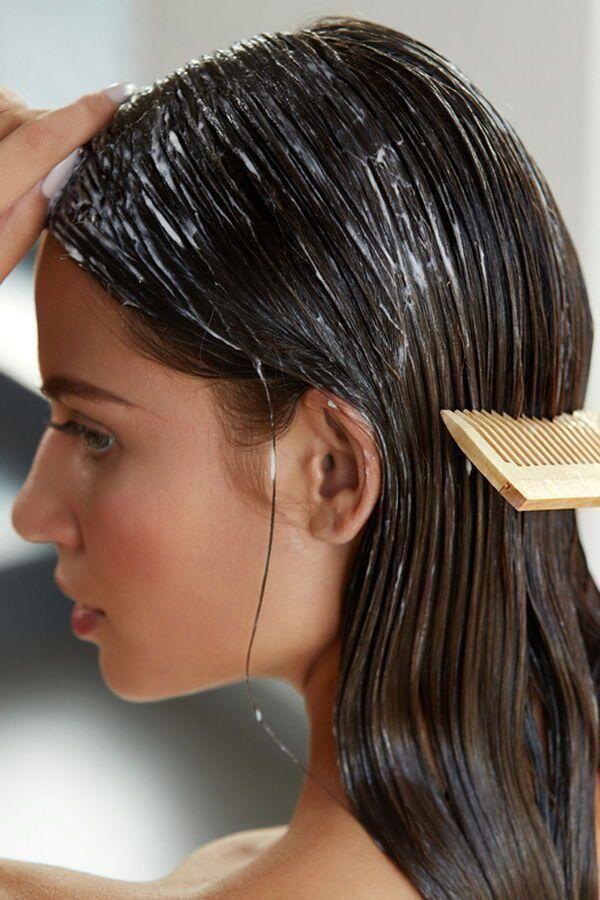
For regular conditioners, 2-5 minutes is sufficient.
However, if you’re using a deep conditioning treatment or hair mask, leave it on for 5–10 minutes to enhance recovery, especially if your hair is damaged, dry, or chemically treated. This extended time also provides deeper moisture and nourishment.
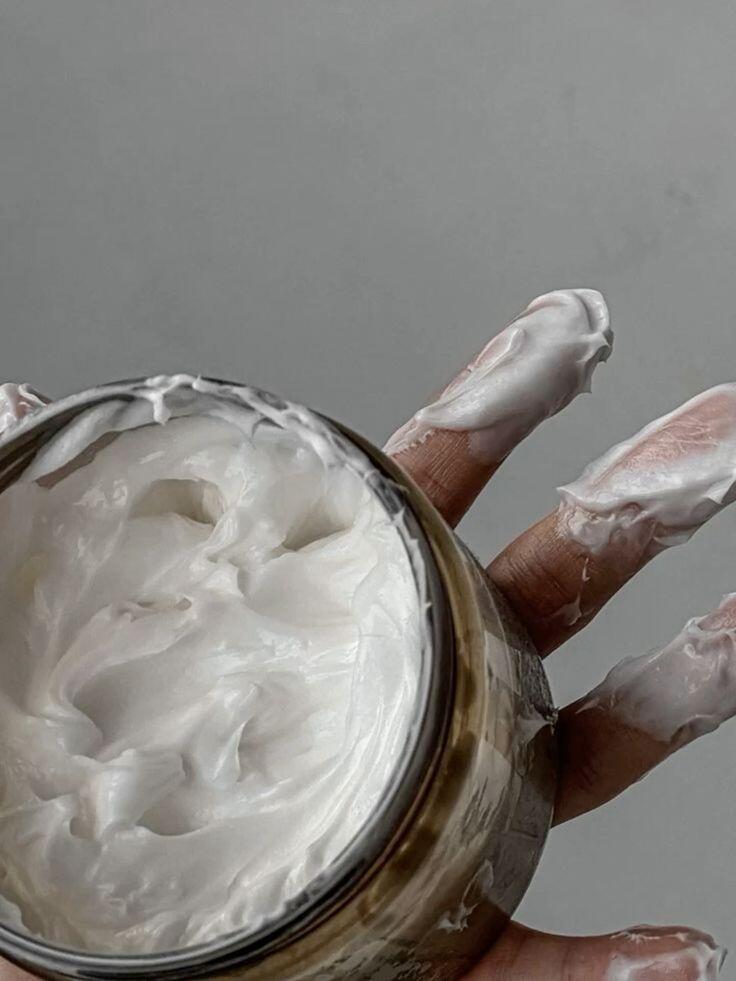
Deep conditioning treatments and hair masks require longer application times for complete restoration and hydration.
However, for those with oily scalps, fine hair, or sensitive, easily damaged hair, keep the process brief: apply and rinse after 1–2 minutes. Additionally, thoroughly rinse your hair afterward to prevent product buildup, which can lead to oiliness, tangles, or even dandruff.
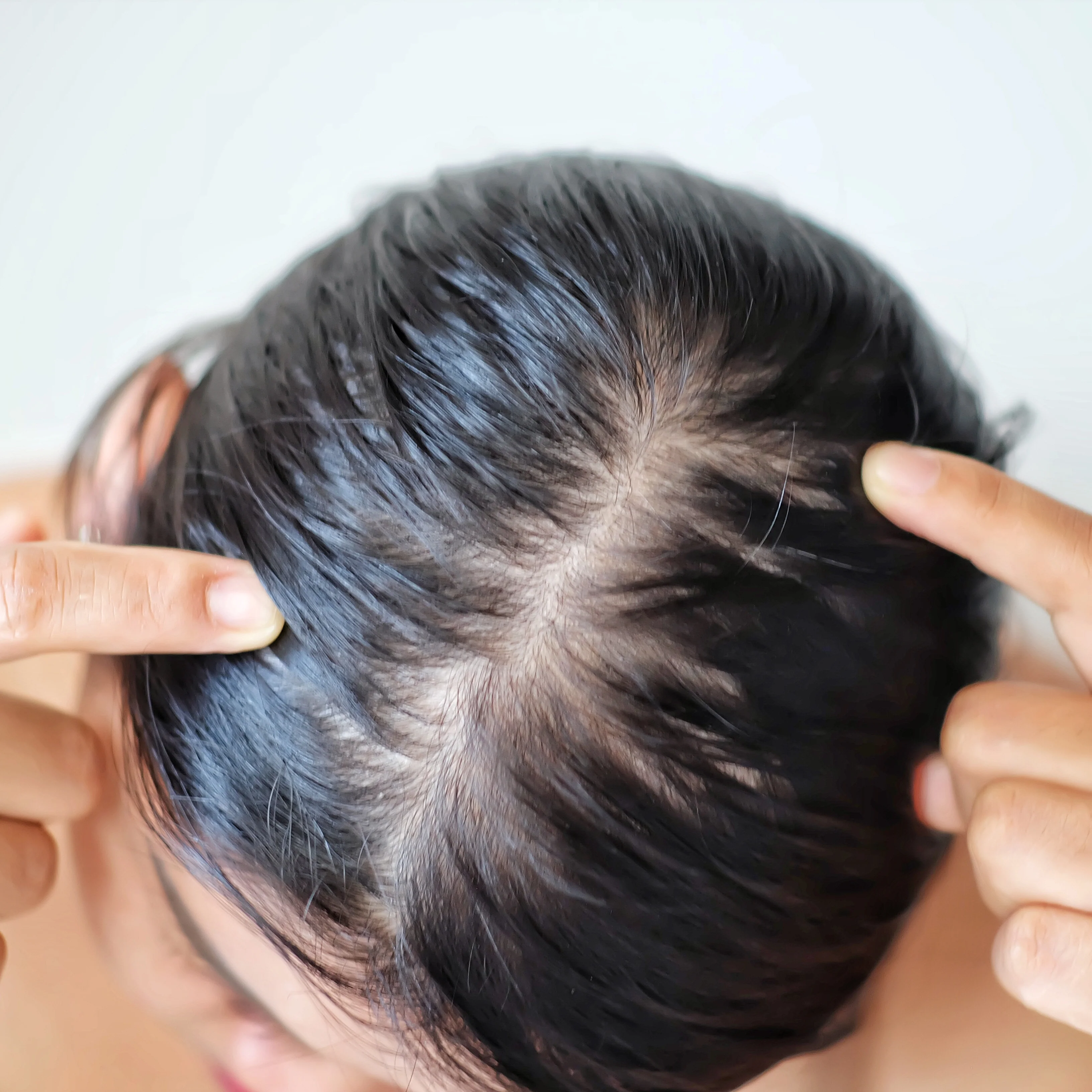
For oily and sensitive hair, a quick application and rinse are best to avoid stickiness and scalp irritation.
Those with oily or fine hair should avoid leaving the conditioner on for too long, as it won’t make your hair softer and may overload it with nutrients, reducing its natural elasticity.
How to deep condition your hair properly
First, wash your hair with a suitable shampoo, especially if you have an oily or sensitive scalp. Ensure your hair is clean and free from dirt and excess oil to optimize nutrient absorption from the conditioner.
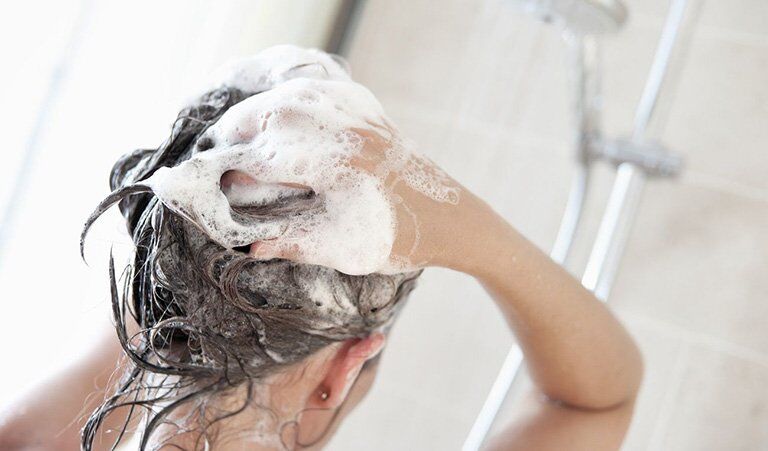
Shampooing ensures your hair is clean before deep conditioning.
After shampooing, gently towel-dry your hair so it’s damp but not dripping. This often-overlooked step is crucial: very wet hair dilutes the conditioner, while very dry hair reduces absorption.
Next, apply the conditioner from the mid-lengths to the ends of your hair, focusing on the ends, which are usually the driest and most prone to splitting. Avoid applying conditioner directly to your scalp to prevent stickiness and clogged follicles.
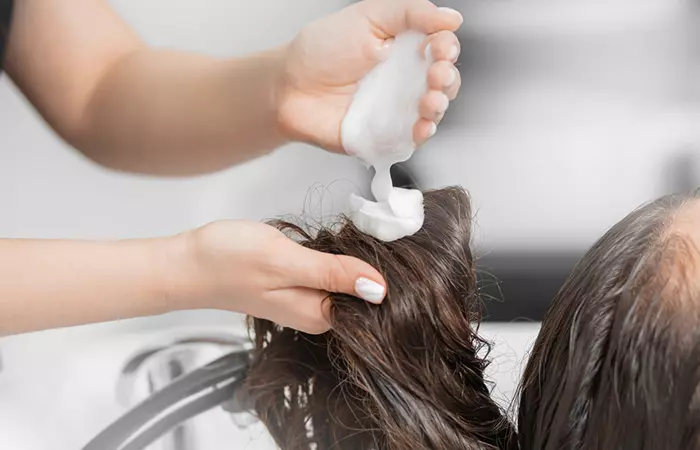
Condition only the mid-lengths to the ends of your hair, avoiding the scalp, to prevent stickiness.
If you have time, wrap your hair in a warm towel or use a dedicated hair-steaming cap to gently heat it. Warmth opens the hair cuticles, enhancing nutrient absorption. However, this step is only necessary for deep conditioning treatments or hair masks; regular conditioners only need a few minutes to work.

Using a warm towel or hair-steaming cap can enhance nutrient absorption.
VIDEO: A popular hair conditioning technique shared by Tiktokers
Notes on deep conditioning
Technique is only part of the equation; the products you use are equally important. For oily hair, opt for lightweight conditioners without dense silicones, which can weigh down hair and clog follicles. Conversely, dry, dyed, or chemically treated hair benefits from conditioners containing argan oil, shea butter, or hydrolyzed protein for deep restoration.
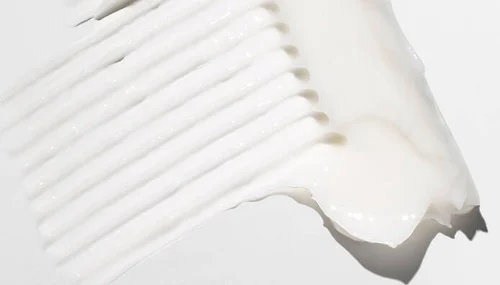
Choosing the right conditioner for your hair type ensures it receives the necessary nutrients without becoming greasy.
After deep conditioning, thoroughly rinse your hair with cool or lukewarm water. Incomplete rinsing can lead to product buildup, making your hair sticky, prone to dirt, and potentially causing acne along the hairline or scalp irritation. Avoid hot water, as it can dry out your hair further.
Finally, adjust the frequency of deep conditioning according to your hair’s needs. Dry, split-end-prone hair may benefit from deep conditioning 2–3 times a week, while oily or fine hair should only undergo deep treatment once or twice weekly to maintain natural volume. If you have a sensitive scalp, always patch-test products on a small area first.



























